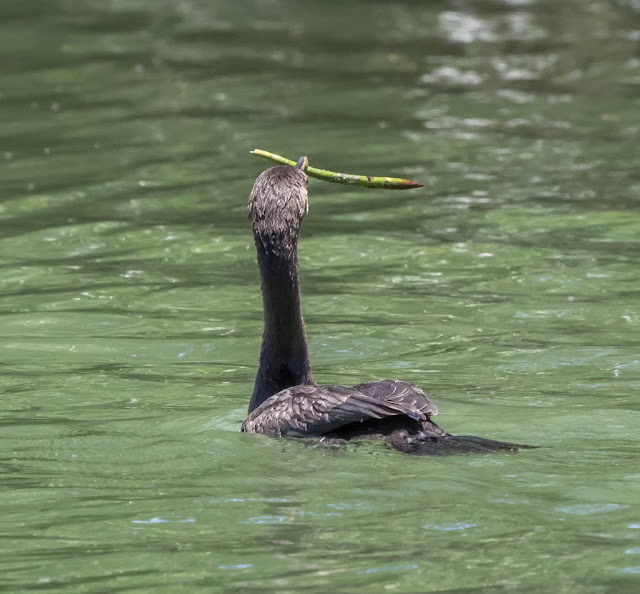Male Blue-winged Teal
These ducks have the highest annual mortality rate (almost 65%) of all the dabbling ducks, probably as a result of hunting as wells long over-ocean migration.
Interestingly, DNA analysis of this species has revealed its genetic makeup to be almost identical to that of the Cinnamon Teal.
They are more vocal than most ducks with their high-pitched peeping and nasal quacking, most prominent in the spring.
Scratch that itch
Females



















































